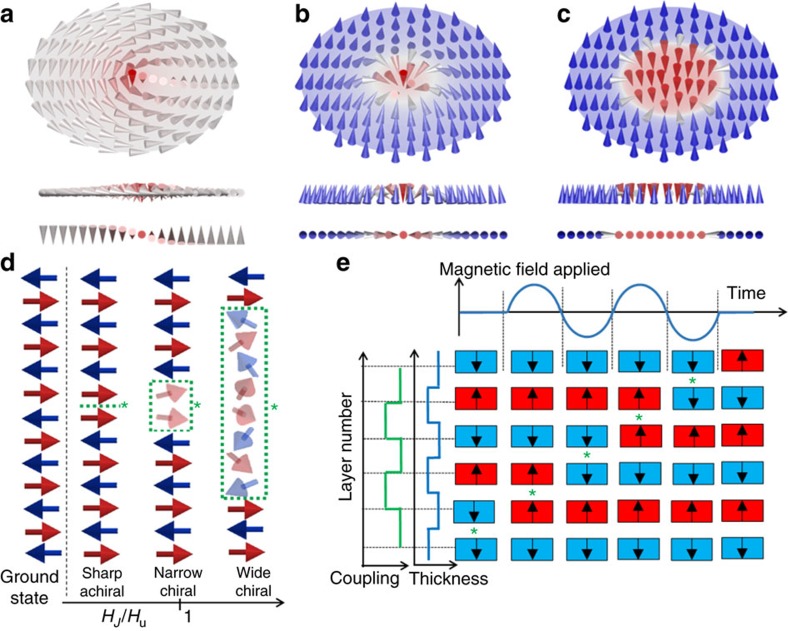Figure 3. Three-dimensional spin textures.
Schematics of (a) magnetic vortex, (b) (Neel) skyrmion and (c) chiral bubble, shown at different perspectives (oblique, side and top view). Whereas, the vortex nucleation is in general limited to nano- and micro-patterned planar magnets due to the interplay between Heisenberg exchange and magnetostatic contributions, skyrmions and chiral bubbles emerge in systems with broken inversion symmetry, for example, via antisymmetric Dzyaloshinskii–Moriya exchange interactions. (d) Macrospin model of an antiferromagnetic superlattice where the ground state corresponds to all spins antiparallel to each other. The introduction of a soliton divides the system in two anti-phases. The width and chirality (defined as the sense of rotation of the spins–clockwise or counter clockwise) of the soliton depends on the exchange (HJ)/anisotropy (Hu) field ratio of the system. The middle point and extension of the soliton in each case is marked by an asterisk and a green dashed rectangular area, respectively. Faded spins represent in-plane deviations from the easy axis. (e) Ratchet scheme for propagation of sharp achiral solitons. RKKY coupling and thickness change periodically between two values throughout the superlattice. The soliton, marked with an asterisk, moves synchronously under oscillating magnetic fields, propagating one step upwards every half field cycle.

